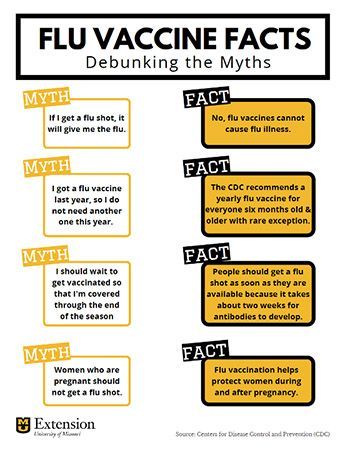Cardiovascular diseases (CVDs) are a group of disorders of the heart and blood vessels. They are the leading cause of death globally, accounting for nearly 17.9 million deaths each year. CVDs include coronary heart disease, stroke, and heart failure, among others.
Understanding the risk factors for CVDs is crucial in preventing these life-threatening conditions. Let’s explore some of the key risk factors associated with cardiovascular diseases.
Risk Factors for Cardiovascular Diseases
1. High Blood Pressure
High blood pressure, also known as hypertension, is a major risk factor for CVDs. It can damage the arteries over time, leading to heart disease, stroke, and other cardiovascular complications.
2. High Cholesterol
Elevated levels of cholesterol in the blood can increase the risk of plaque buildup in the arteries, restricting blood flow and increasing the risk of heart attacks and strokes.
3. Smoking
Smoking is a significant risk factor for CVDs. It damages the blood vessels, reduces oxygen supply to the heart, and increases the risk of blood clots, all of which can lead to heart disease.
4. Diabetes
Diabetes is a significant risk factor for CVDs, particularly when glucose levels are poorly controlled. It can damage blood vessels and nerves over time, increasing the risk of heart disease and stroke.
5. Obesity
Being overweight or obese can strain the heart, raise blood pressure and cholesterol levels, and increase the risk of developing CVDs, including heart disease and stroke.
Prevention Strategies for Cardiovascular Diseases
1. Maintain a Healthy Lifestyle
Eating a balanced diet, engaging in regular physical activity, maintaining a healthy weight, and avoiding tobacco use are key components of a healthy lifestyle that can help prevent CVDs.
2. Monitor Blood Pressure and Cholesterol Levels
Regularly checking and managing blood pressure and cholesterol levels are crucial in preventing CVDs. Lifestyle changes, medications, and medical interventions may be necessary to maintain healthy levels.
3. Manage Diabetes
If you have diabetes, it’s essential to work closely with your healthcare provider to manage your blood sugar levels and prevent complications such as heart disease and stroke.
4. Stay Active
Regular physical activity can help strengthen the heart, improve circulation, and lower blood pressure. Aim for at least 150 minutes of moderate-intensity exercise per week.
5. Reduce Stress
Chronic stress can contribute to the development of CVDs. Practice relaxation techniques such as deep breathing, meditation, and yoga to help manage stress and promote heart health.
By understanding the risk factors for cardiovascular diseases and implementing prevention strategies, you can reduce your risk of developing these life-threatening conditions. Take control of your heart health today!



